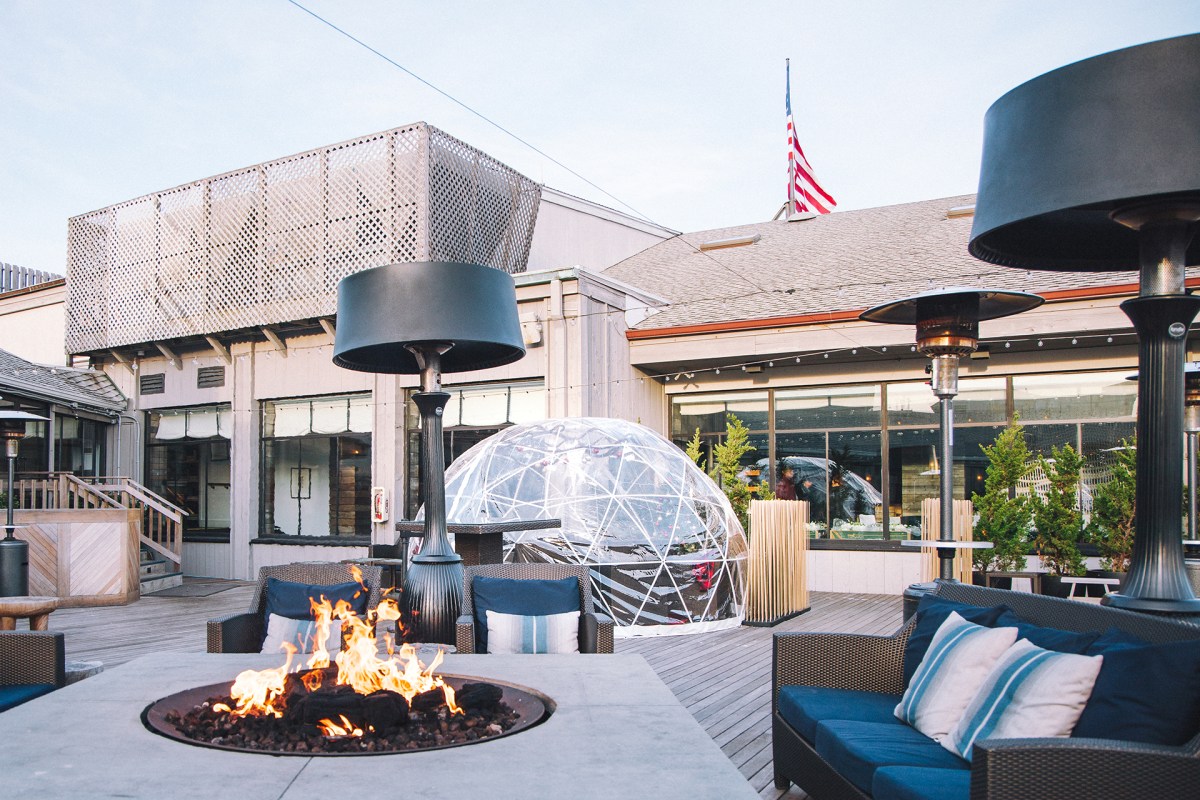 In the Ukraine and many other Eastern European countries, such as Bulgaria, Croatia, Hungary, Poland, Romania and Serbia, spring is ushered in with the folk art craft of decorating Easter eggs, also known in Ukrainian as pysanky (pysanka is a single egg), a word derived from pysaty or “to write” because the designs of the pysanky are written onto the egg with melted beeswax.
In the Ukraine and many other Eastern European countries, such as Bulgaria, Croatia, Hungary, Poland, Romania and Serbia, spring is ushered in with the folk art craft of decorating Easter eggs, also known in Ukrainian as pysanky (pysanka is a single egg), a word derived from pysaty or “to write” because the designs of the pysanky are written onto the egg with melted beeswax.
The ancient art of this wax-resist technique of painting eggs goes far beyond a typical Paas kit you may find at the grocery store each year. The handcrafted, one-of-a-kind raw egg is made with dyes and beeswax, similar to the technique used for batik fabric designs. The artform and its symbols that are intricately applied to the egg signify a renewal of life; spring is here. The eggs are detailed with geometric shapes, floral patterns and animal designs, each with its own symbolic meaning.
“The pysanka symbolizes the rebirth of life; it ties people, families and generations together,” said Maria Shust, director of The Ukrainian Museum in Manhattan. “The practice is an affirmation of one’s identity and roots one’s sense of existence in a powerful history that beckons a positive future; it gives joy and hope.”
The origin of this ancient practice spanning the ages from the pagan-era to modern Christianity, is lost, although myths abound; some say the pysanky represents life, the sun and the universe. The symbolic meaning of the eggs has evolved from sun worship to a religious representation of Christ’s resurrection and man’s rebirth.
Because of the fragility of bird eggs, only shell fragments have ever been unearthed; no known ancient pysanky exist.

 The process results in beautifully ornamental eggs that welcome spring; praise the sun, bountiful harvests and the health of the earth; and ward off evil spirits. It is also said in folklore that evil spirits would be drawn in by the intricate designs of some pysanky, as a benevolent talisman, and get trapped in the labyrinth of lines and shapes that are painted on the eggs.
The process results in beautifully ornamental eggs that welcome spring; praise the sun, bountiful harvests and the health of the earth; and ward off evil spirits. It is also said in folklore that evil spirits would be drawn in by the intricate designs of some pysanky, as a benevolent talisman, and get trapped in the labyrinth of lines and shapes that are painted on the eggs.
As a kid, one of the most fascinating things on display at my aunt’s house were dozens of pysanky. Because the eggs were completely hollowed by a process of removing the yolks through two tiny pinholes at each end of the egg prior to decorating, no one was ever allowed to handle the eggs. It was one of our first lessons in “look but don’t touch” museum-quality decor.
The craft of designing Ukrainian eggs has been passed down through the generations. In modern times, the art of the pysanka has remained, brought abroad by immigrants, despite the practice being banished in some parts of the world because of its association with religious practices. Museum collections have also been destroyed throughout the decades as a result of war. In the past 20 years, since Ukraine’s independence, the folk art or pysanky has had a rebirth of its own; the traditions have been preserved and the interest has been renewed.
Now, through Sept. 24, check out Pysanka: Guardian of Life, an exhibit dedicated to the folk art form of Ukrainian Easter eggs at The Ukrainian Museum (222 E. 6th St. in Manhattan, www.ukrainianmuseum.org). This year’s display is composed of colorful arrangements of nearly 400 eggs. The collection of pysanky shows the wide range of regional styles with their rich array of color palettes and assortment of motifs.












































